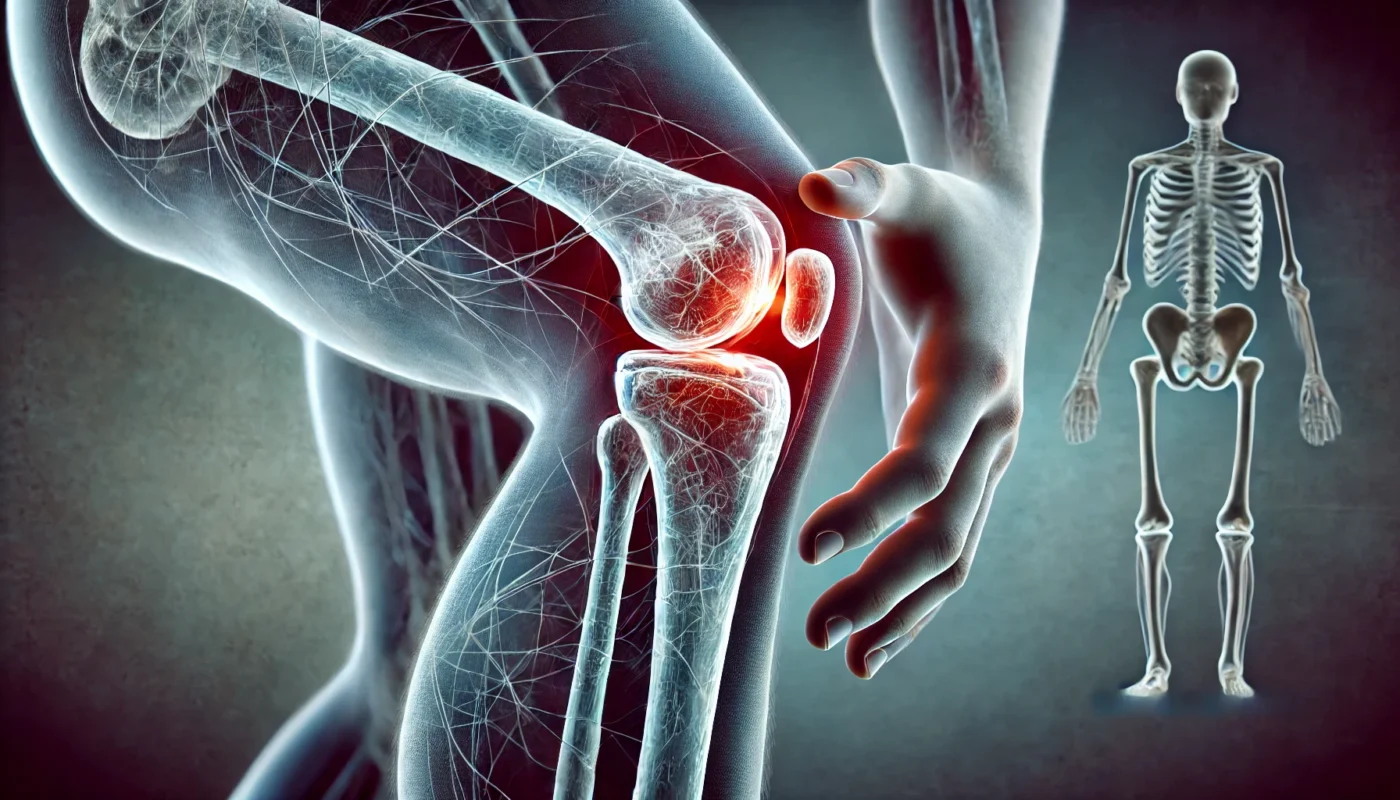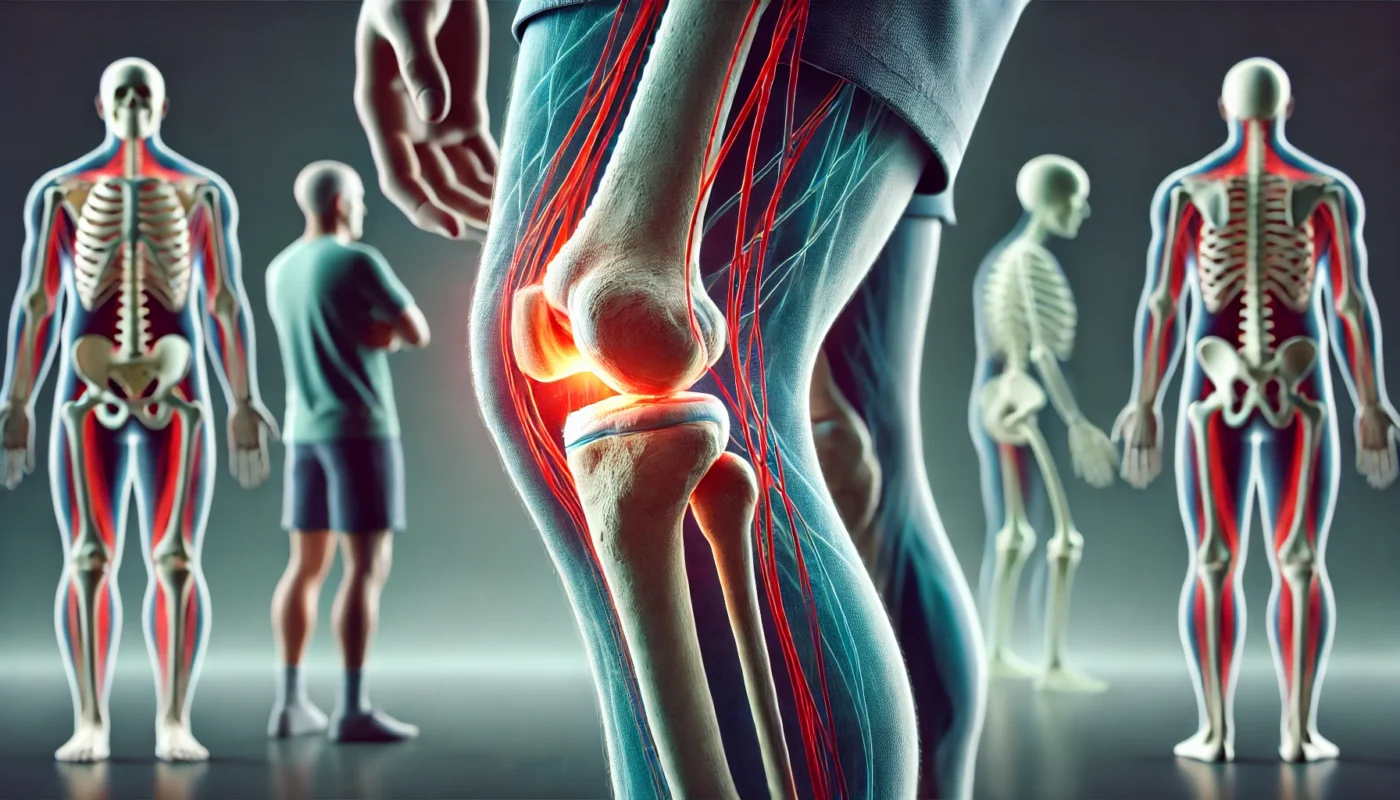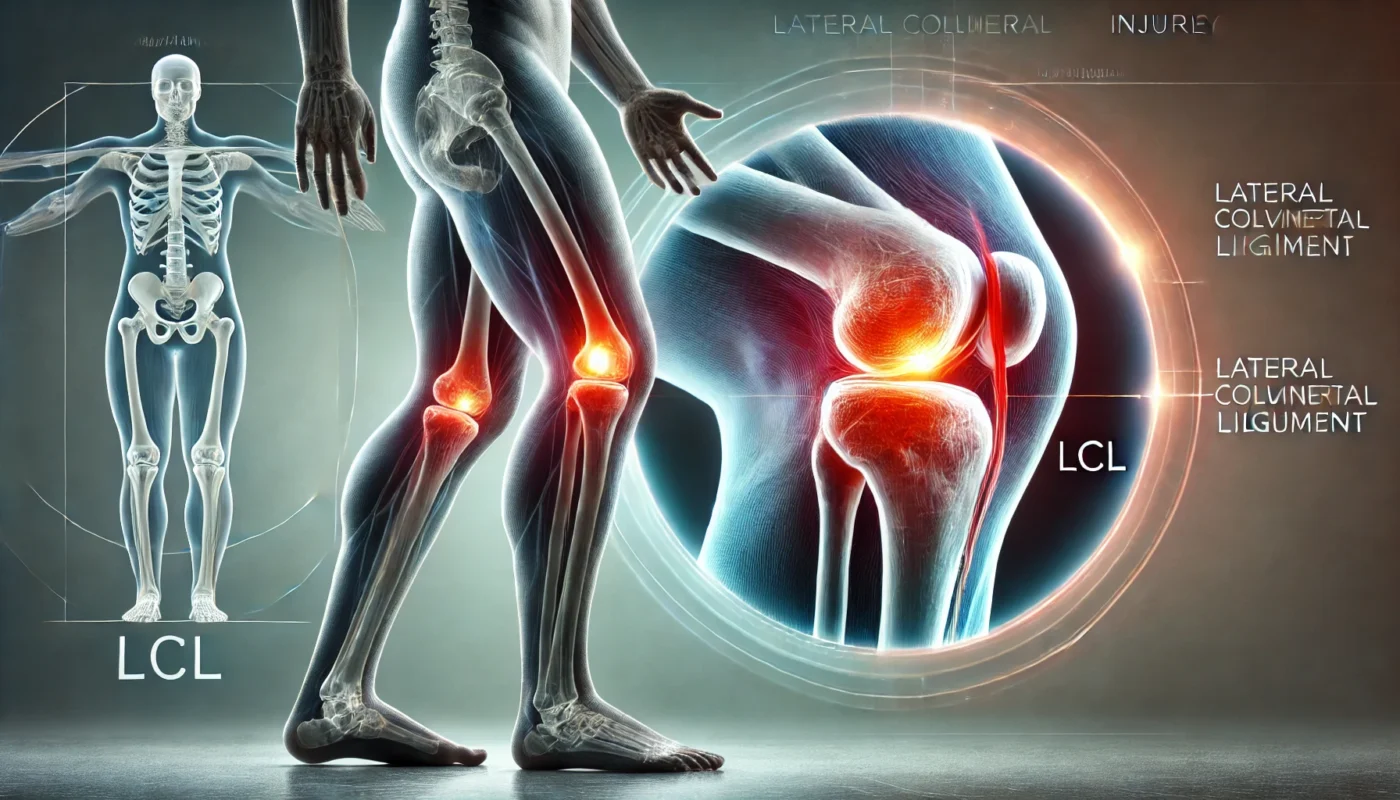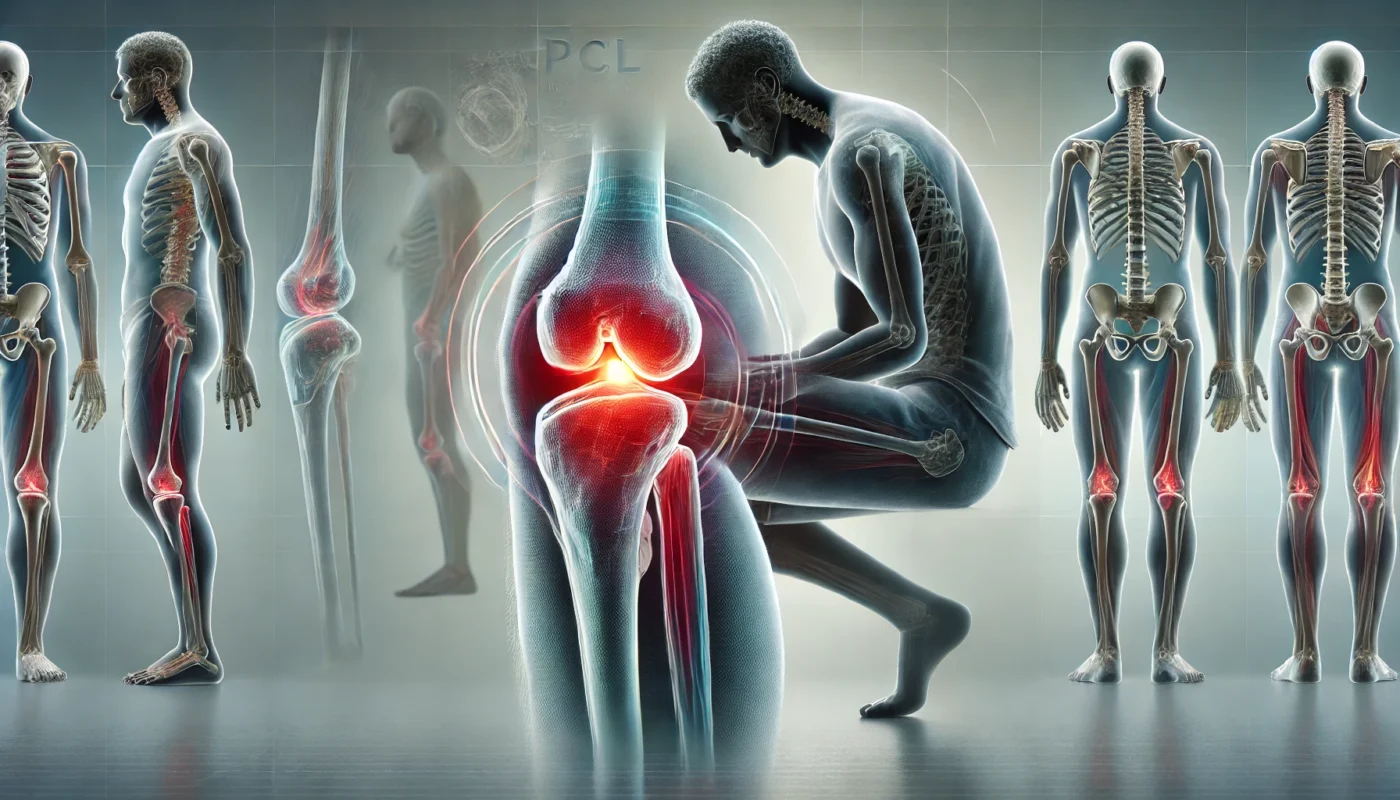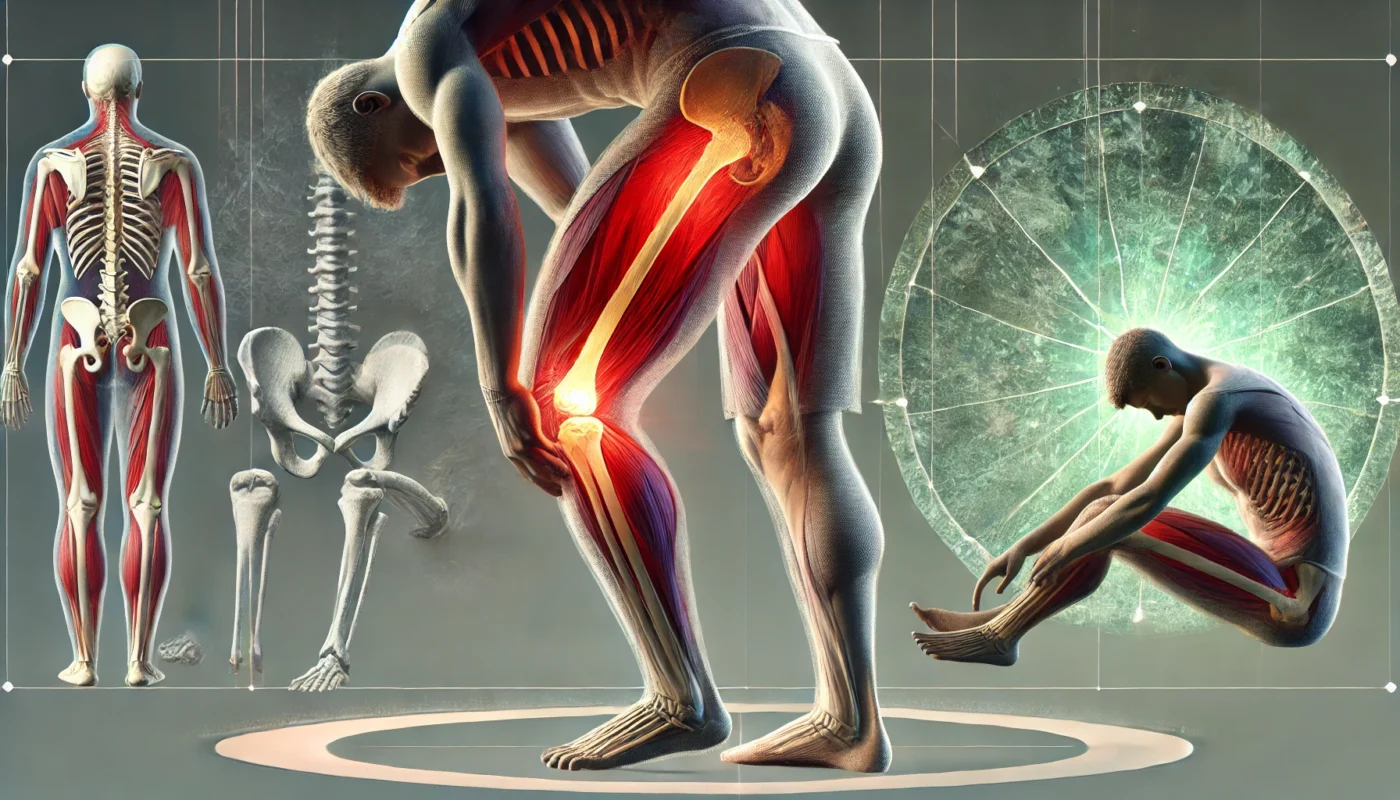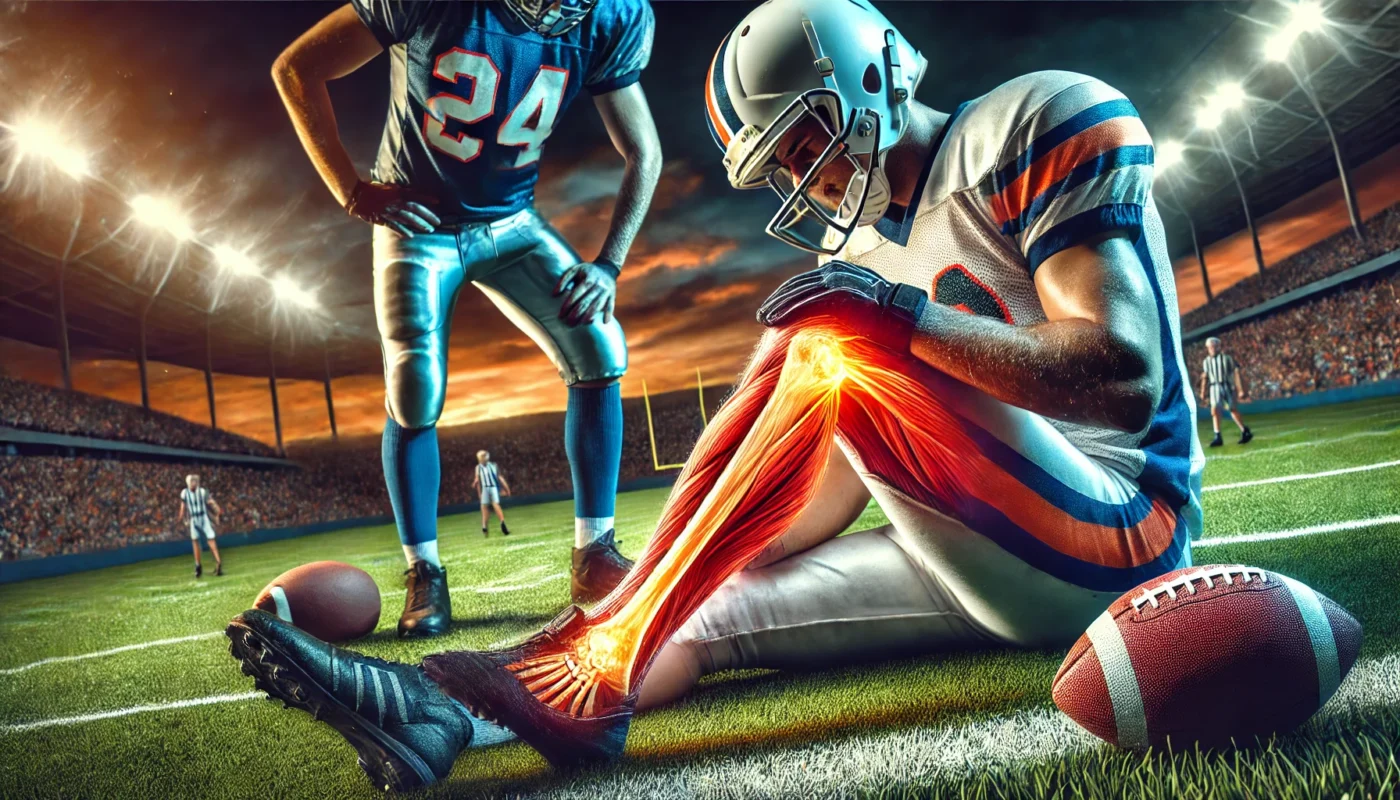There are several categories of OTC pain relievers, each working in different ways to relieve pain. The most common types include:
Tag Archives: sports injuries
The opioid epidemic has highlighted the dire need for safer, non-addictive alternatives in pain management. While opioids can be highly effective, their potential for addiction and side effects necessitates a more cautious approach. This shift is driving healthcare providers to explore and integrate alternative methods that can be employed in emergency settings.
Patellar dislocation, a condition in which the kneecap (patella) shifts out of its normal position, is a common yet painful injury, especially among active individuals. The patella plays a crucial role in knee mechanics, gliding along a groove in the femur during knee movements. When the patella is displaced, it can lead to significant discomfort, […]
Medial collateral ligament (MCL) injuries are among the most common knee injuries, especially in athletes and active individuals. The MCL is a critical stabilizing ligament located on the inner side of the knee, connecting the femur (thighbone) to the tibia (shinbone). This ligament prevents the knee from bending inward excessively and plays a vital role […]
The lateral collateral ligament (LCL) is a key stabilizing ligament located on the outer side of the knee. It connects the femur (thighbone) to the fibula (outer shinbone), helping maintain knee stability during movement and preventing the knee from bending outward excessively. Injuries to the LCL are relatively less common than other knee ligament injuries […]
The posterior cruciate ligament (PCL) is one of the key ligaments in the knee, responsible for stabilizing the joint and preventing excessive backward movement of the tibia (shinbone) relative to the femur (thighbone). While not as commonly injured as the anterior cruciate ligament (ACL), PCL injuries can result in significant discomfort, instability, and impaired mobility. […]
A hamstring avulsion is a severe injury in which the hamstring muscle is forcibly detached from its attachment point at the ischial tuberosity (the lower part of the pelvis). While hamstring strains are common among athletes, avulsion injuries are less frequent but far more serious, often requiring surgical intervention and extended recovery times. This article […]
Recovery from athletic injuries is a critical aspect of sports performance and overall well-being. In the pursuit of faster recovery times and reduced inflammation, magnesium glycinate—a highly bioavailable form of magnesium—has gained attention as a potential aid. This article explores the mechanisms by which magnesium glycinate supports athletic recovery, including its roles in muscle repair, […]



